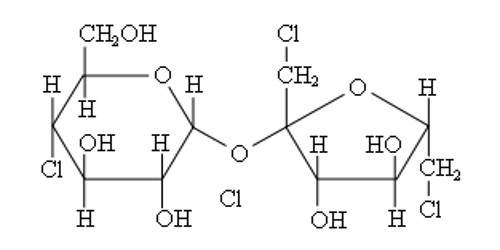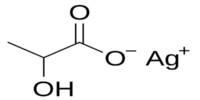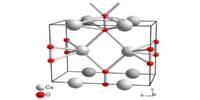A disaccharide is a sugar (a carbohydrate) composed of two monosaccharides, such as glucose and fructose that make up the disaccharide sucrose. It is a carbohydrate composed of two monosaccharides, which are more often referred to as simple carbohydrates. It is formed when two sugars are joined together and a molecule of water is removed. Due to this, disaccharides cannot hydrolyze, meaning their molecules are unable to be broken down through a reaction with water. For example, milk sugar (lactose) is made from glucose and galactose whereas cane sugar (sucrose) is made from glucose and fructose. Three common disaccharides are sucrose, maltose, and lactose.

Disaccharide examples include:
- Sucrose: glucose + fructose
- Maltose: glucose + glucose
- Lactose: glucose + galactose
In your body, a disaccharide function is to provide your body with a quick source of energy. They are crystalline water-soluble compounds. Because they’re only made up of two sugar molecules, they’re easily broken down by enzymes in your digestive system into their respective monosaccharides and then absorbed into your bloodstream. This occurs via a dehydration reaction and a molecule of water is removed for each linkage.
When disaccharides are formed from monosaccharides, an -OH (hydroxyl) group is removed from one molecule and an H (hydrogen) is removed from the other. They are composed of two monosaccharide units linked together by a glycosidic bond. They have 12 carbon atoms, and their chemical formula is C12H22O11. When disaccharides are broken down into their monosaccharide components via enzymes, a water molecule is added. This process is called hydrolysis. are formed by joining pairs of various monosaccharides via α- or β-glycosidic bonds.
















